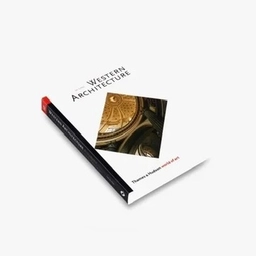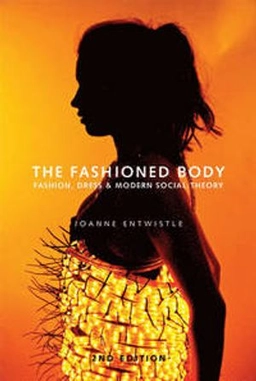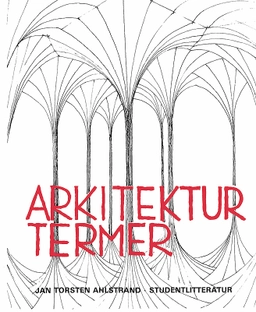Palladio (1508-80) combined classical restraint with constant inventiveness. In this study, Professor Ackerman sets Palladio in the context of his age - the Humanist era of Michelangelo and Raphael, Titian and Veronese - and examines each of the villas, churches and palaces in turn and tries to penetrate to the heart of the Palladian miracle. Palladio's theoretical writings are important and illuminating, he suggests, yet they never do justice to the intense intuitive skills of "a magician of light and colour". Indeed, as the photographs in this book reveal, Palladio was "as sensual, as skilled in visual alchemy as any Venetian painter of his time", and his countless imitators have usually captured the details, but not the essence of his style. There are buildings all the way from Philadelphia to Leningrad which bear witness to Palladio's "permanent place in the making of architecture", yet he also deserves to be seen on his own terms.
Åtkomstkoder och digitalt tilläggsmaterial garanteras inte med begagnade böcker





















